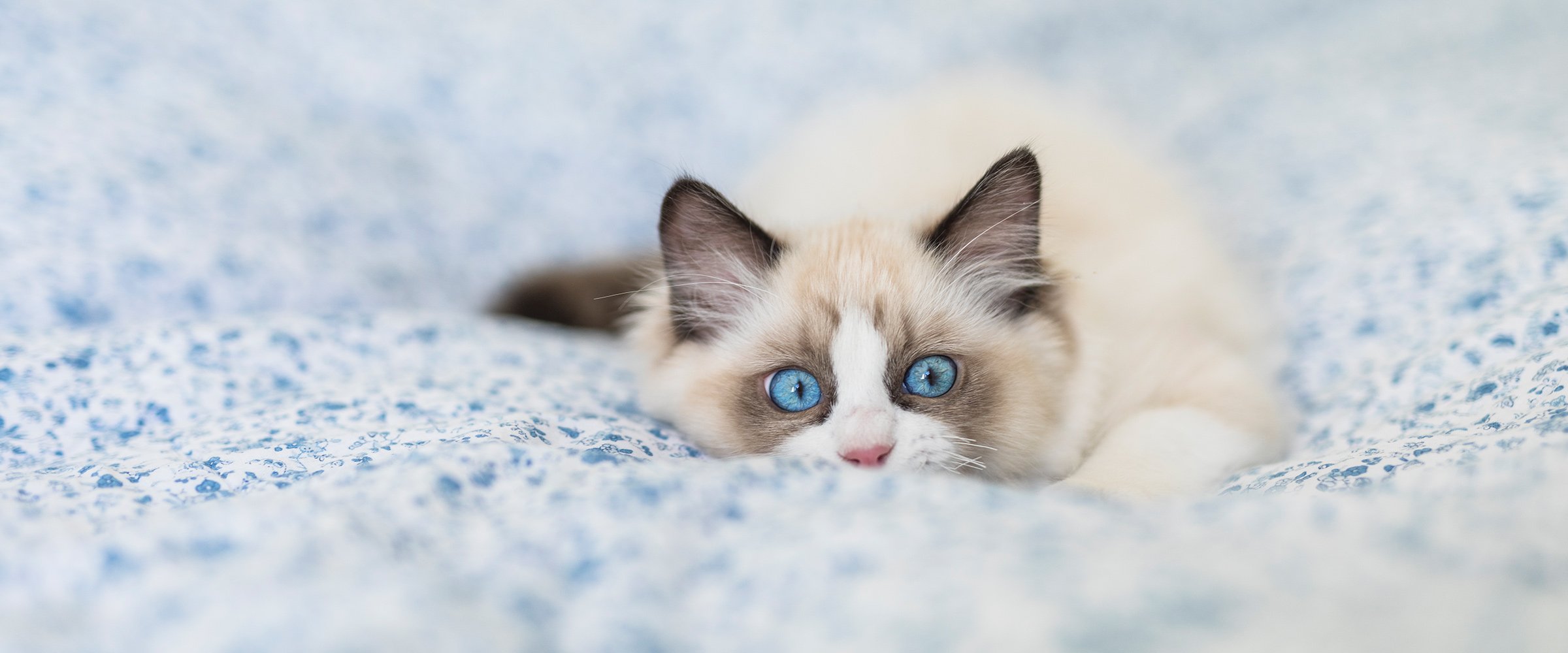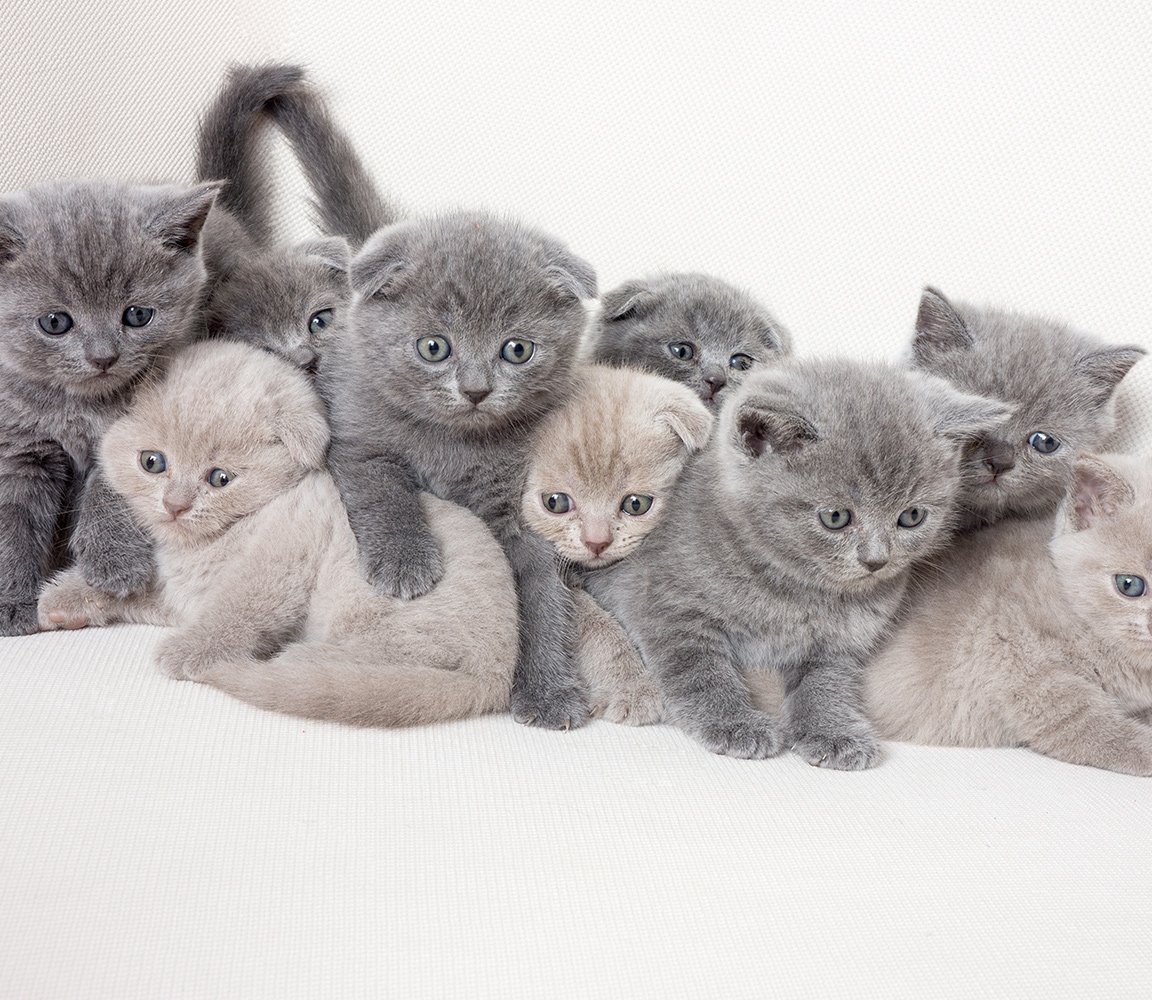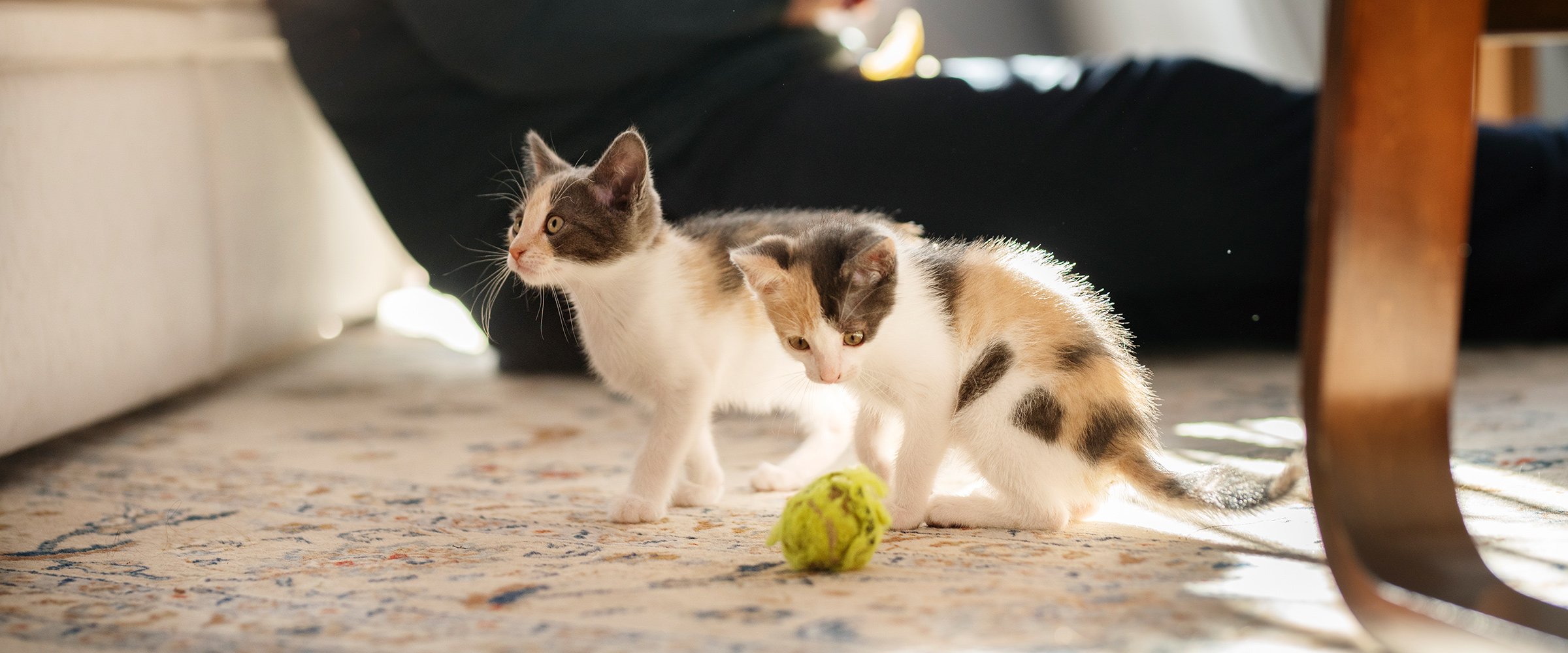Playtime and learning with a kitten
Kitten
Fun
Playtime for a cat is not just a way of spending their free time. During play, kittens have a chance to develop their motor skills and they learn how to socialise with people and other animals. Playtime is a perfect opportunity for strengthening your bond. Never underestimate the importance of playtime in your kitten’s development and every day spend some time playing with your furry friend, as well as teaching basic skills. Positive reinforcement training is easily the best way to teach kittens anything you need, from how to scratch their scratchers to how to use the litterbox. Praise your kitten for properly executed actions or commands and be patient. It’s vital to start teaching your kitten the very first day at your cat’s new home.

How to raise a cat well?
Cats are individualists of the animal world. Flies go their own way, are independent, which can make them seem disobedient. Raising a cat is not as simple as it is with a dog, especially if you approach your cat in a similar way. A cat can be taught many things, but it takes time, patience and understanding. Are you wondering how to raise your cat well? We have a short guide for you!
Litter training
Using the litterbox is the first skill your kitten has to master. Cats are very clean pets and their instinct to bury their faeces is very strong - wild cats do it, to mask their smell. Most cats from breeders or shelters shouldn’t have too much trouble getting used to a new litter box, as most of the time kittens are already trained. In the beginning, try to avoid strongly scented litter - cats have very sensitive noses and intense scents can discourage a kitten from using a litter box. Once you bring your kitten home, immediately show him where is the litter box, you can even gently place the kitten inside. If your kitten uses the litter box, praise him for doing so and offer a reward, preferably a tasty treat. Kitten usually have to use the litter box after a meal or a nap - at first, you can carry your kitten to the litter box when he finishes his food or wakes up. Always praise and reward a kitten for using the litter box.
.jpg)
Understanding cat’s language
Cats have a whole plethora of verbal and non-verbal signs they use to communicate with their humans. Cats can meow, purr or hiss and all of this is accompanied by complex body language. You can tell your cat’s mood by observing the position of the ears as well as the tail. Observe how your cat reacts to the surroundings and your behaviour to understand when he is interested and when he’s scared. Remember that you’re not alone in this learning process. Your cat, just like yourself, is trying to understand you and make connections between your tone of voice and your mood.


Kitten alone at home
Separated from their siblings and parents kittens find the most comfort in the companion of their new families. Unfortunately, you cannot constantly be at home with your kitten, so you need to get your kitten accustomed and comfortable with staying alone when you need to go to work or grab some groceries. If you have to leave your kitten, start easing him in with short absences where you don’t go too far - even leaving the room will do. Slowly, try to gradually extend the time you’re absent. Leave the house naturally, don’t make a scene of it. You can play with your kitten before you leave, to help him use up some of the energy. A tired kitten will most likely just go to sleep once you leave the house. You can leave out your cat’s favourite toys or even turn on a radio or a TV as an added distraction and something that can grab your cat’s attention.
Teaching to use scratcher
Scratching is a natural behaviour for a cat and it’s not something you can stop your cat from doing. Scratching allows your cat to stretch the muscles in his body as well as clean its claws. Cat’s claws tend to grow rather quickly and the outer layer has to be shed. With the help of a scratcher cat can keep the claws in the best shape possible. Every cat has individual preferences when it comes to the type, shape and material used on a scratcher. To encourage your cat to use the scratcher use catnip or a toy. If you see your cat trying to scratch furniture shift his attention by offering him the scratcher instead.

Kitten socialisation
Cats are territorial creatures and can act aggressively towards new visitors, especially cats and new pets. Proper socialisation is an important step in a cat’s development. It is advised to begin the socialisation process sometime between the 3rd and 12th week of your cat’s life. If you plan on bringing home another pet, remember that both pets need time to get used to a company. At first give each pet their own, safe space. With time allow the cats/pets to get to know each other, first through smell. Never try to speed up this process!

Time to play
Playing for a cat is not only a form of spending free time. While playing, kittens have a chance to develop their motor skills and learn how to function properly in social relations. Playing is also a great opportunity to bond with your pet. Don't underestimate the role of play and devote some time to it every day, as well as to study. Positive Reinforcement Training is the best way to teach your cat the necessary skills, such as using a scratching post or a litter box. Praise your kitten for correctly followed instructions and be patient. It is important that you start the learning process with your kitten on the first day in your new home.


























